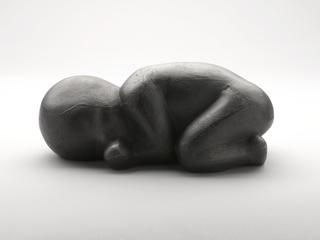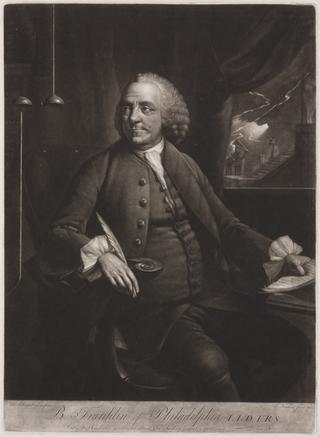
Bryant and May's factory
- Made:
- circa 1900




Photomechanical reproduction, Bryant and May's factory [c1900] depicting a lockout with peaceful demonstration by women, some men, marshalled by police, petitioning for better conditions
Photomechanical reproduction. In 1888, women at Bryant and May's London factory worked 14-hour days for les than 5 shillings a week. The company enforced fines for offences as trivial as talking or going to the toilet without permision. In addition, the production of the matches used yellow phosphorus, causing a form of bone cancer known as 'phosy jaw'. When journalist Annie Besant publicised the conditions, Bryant and May tried to force the workers to sign a statement saying they were happy with the conditions. Some refused, and were sacked, prompting the rest to walk out on strike. After three weeks, the company agreed to take back the sacked women and abolish the fines; a historic decision which paved the way for the formation of political unions.




